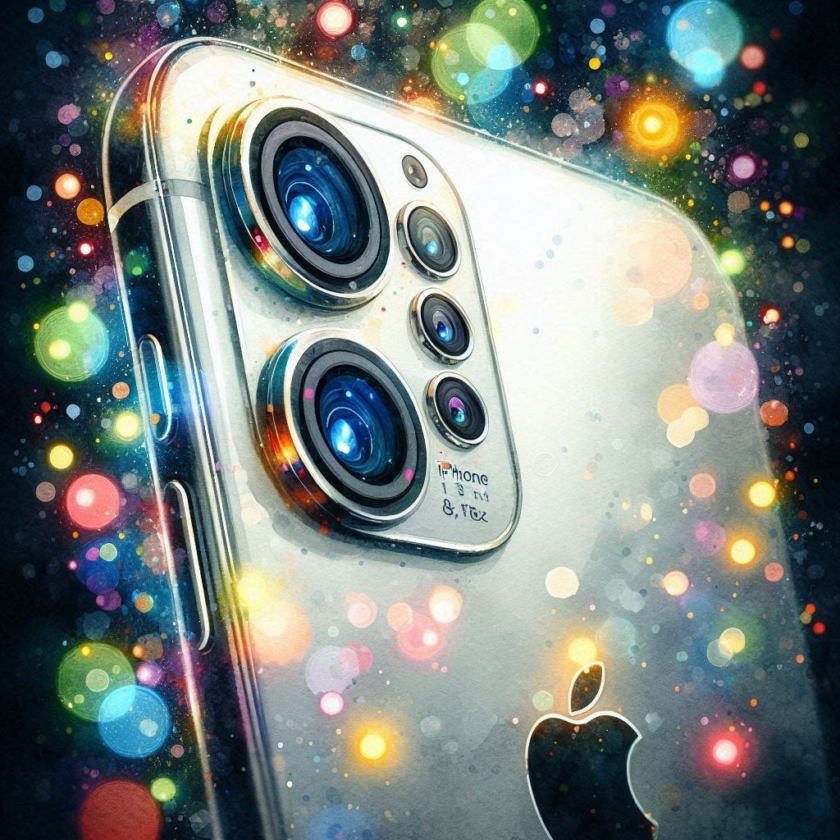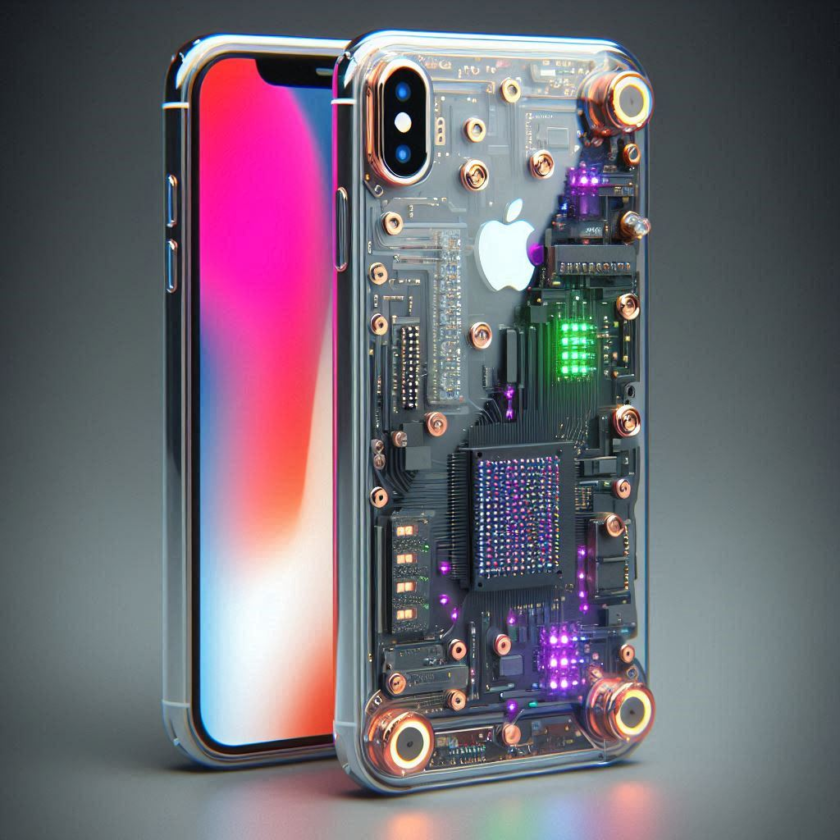It’s time to say goodbye to the decade-old Lightning port as Apple has confirmed USB-C is coming to the iPhone.
EU’s common charger policy will come into effect in the fall of 2024, which simply means phones or any other electronic devices launching after the timeline should include USB-C support.
In Short
- Future iPhones will need to come with USB-C port.
- EU reached an agreement that forces all future smartphones to be equipped with USB-C port.
- The policy will come into effect in the fall of 2024.
After a decade since the Lightning port launched, Apple’s proprietary port is finally seeing its last days. In an interview, Apple Senior VP for Worldwide Marketing Greg Joswiak confirmed that USB-C would come to the iPhone.
But when will it arrive? And should you wait for the USB-C iPhone before you even upgrade? Let’s look at what’s happening with the iPhone and USB-C.
When Will the USB-C iPhones Appear?
The common charger directive mandates that all devices have a USB-C charging port 24 months after the law comes into force. Since it’s assumed that this directive will pass into law in 2022, many expect that all mobile devices, including the iPhone, will have a USB-C charging port by 2024.
As per the policy, phones, regardless of the brand, will need to come packed with a USB-C port. This means the rule also applies to Apple’s future iPhone models, which currently come with the lightning port.
-EU estimates that the new common charger rule will help save consumers 250 million euros per year on “unnecessary charger purchases” and also cut down on around 11,000 tonnes of e-waste on a yearly basis.
-The agreement may not impact Android phones as much as it would impact iPhones. This is because most Android phones have already transitioned to USB-C from the micro USB port in the last few years.
-Apple is one of the few manufacturers that still use a proprietary port instead of USB-C.

-Reports, however, suggest that Apple has already started working on iPhones with USB-C. It is likely that the iPhone 15, launching next year, will ditch the historic lightning port.
Should You Wait for the USB-C iPhone Before Upgrading?
There is no straightforward answer to this question, as it varies between people. But if you’re already an Apple user, especially one with an older iPhone model, you don’t need to wait to upgrade. That’s because you can use your current Lightning cables to charge your new iPhone if you decide to get one.
That’s because even if you’re still using a phone with a Lightning port after the iPhone switches to USB-C, you can still probably get a Lightning cable, as not every iPhone user will immediately switch to the new phone. Alternatively, you can switch to MagSafe charging if you’re having difficulty finding a Lightning cable, especially if you have an iPhone 12 or newer.

This news shouldn’t also affect your plans to move to the iPhone if you’re an Android user, but you only use one charging cable, and your current charging port is already USB-C. That’s because the iPhone 14 already includes a USB-C to Lightning cable in the box, so you can use your existing charging adapter to recharge your new phone.
But if you’re an Android user with a ton of USB-C cables at your home, car, office, and other places where you frequently recharge your device, and you’re considering moving to an iPhone, we recommend holding off on the move. That’s because you’ll have to buy new cables for those locations.
If you wait for the USB-C iPhone before upgrading, which should come within the next two years, you don’t have to buy new cables anymore, especially if your current USB-C cables are high-quality and can accommodate fast charging speeds—thus saving you money and reducing electronic waste.
The Wait for a USB-C iPhone Is Almost Over
It’s not clear why Apple has been holding on to the Lightning Port when Android phones started moving over to USB-C in 2015.
But, given that Apple launched it in September 2012, over ten years ago, with the iPhone 5, it’s high time that the Cupertino company moved on to faster charging and data transfer speeds.
– Notably, the new EU rule is designed for devices “that are rechargeable via a wired cable”. This simply means that devices with wireless charging support need not feature a USB-C port.
-The policy will come into effect in the fall of 2024, which simply means phones or any other electronic devices launching after the timeline should include USB-C support.
-With the EU’s common charger in place, Apple will be forced to ditch the lightning port for USB-C. Though the company hasn’t confirmed details, considering the EU agreement, we can expect iPhones launching next year, most likely the iPhone 15 series, to sport USB-C support.



